This itinerary will lead us to the discovery of some of the most famous Umbrian cities. It's a journey designed for travelling by camper, but suitable for all those who want to fully experience the history and culture of the Green Heart of Italy.

This itinerary will lead us to the discovery of some of the most famous Umbrian cities. It's a journey designed for travelling by camper, but suitable for all those who want to fully experience the history and culture of the Green Heart of Italy.






Let's start from Città di Castello, the most important city in the Upper Tiber Valley, where the artistic canons of the fifteenth and twentieth centuries seem to find a natural combination. How is this possible? Visit the Cathedral of Saints Florido and Amanzio, the rich Renaissance palaces, the contemporary artworks of Alberto Burri, housed in Palazzo Albizzini and the former Tobacco Dryers, to find the answer to this question.
Gubbio is one of the oldest cities in Umbria but reached its peak between the thirteenth and fourteenth centuries, and its national popular fame is due to the television series "Don Matteo". Visit the Cathedral of Saints Mariano and Giacomo, Palazzo dei Priori and Palazzo del Capitano del Popolo, and end with a beautiful view from the scenic Piazza Grande. A tip for experiencing the city in all its beauty: go to Gubbio on 15th May, the day of the famous Candles Race.
The journey continues with Perugia. Take all the time you need to discover the treasures of its historic center, from Piazza IV Novembre (overlooked by the Fontana Maggiore, the Cathedral of San Lorenzo and Palazzo dei Priori) to the National Gallery of Umbria (with masterpieces by Piero della Francesca, Pinturicchio, Perugino) to the Etruscan Arch. The terrace of the Carducci Gardens, built on the ramparts of the Paolina Fortress, with its splendid view over the valley and the Subasio Mountain is the ideal observation point to have an anticipation of the next stage: Assisi!
Assisi is famous throughout the world for being the birthplace of St. Francis and St. Clare, and for the message of peace handed down by them; the historic centre has been a World Heritage Site since 2000. Needless to say, most of the monuments of the city are closely linked with the two saints, starting from the Basilica of St. Claire, the Basilica of St. Francis, the forest of St. Francis up to the Hermitage of the Prisons. This link does not include the Major Fortress and especially the Temple of Minerva, which with its classic style stands out among the city's buildings. On your way down from the Subasio Mountain, don't forget to stop in the valley, in Santa Maria degli Angeli, in order to visit the Basilica where the Porziuncola, the church that saw the birth of the first Franciscan community, is kept. Did you know that the city of Los Angeles was named after him?
Take the freeway in the direction of Foligno: in the Foligno area there are parking areas and camping sites that you can use as "headquarters" for your visit to the city and the nearby villages of Bevagna and Montefalco.
Foligno, "the centre of the world" as its inhabitants say, the birthplace of Santa Angela, is also a city with a strong spiritual vocation: the Duomo of San Feliciano, the other numerous churches in the town and the valuable works that adorn them are proof of that. Equally strong is the link with history: especially worthy of note are Piazza della Repubblica and the buildings that overlook it, such as Palazzo Trinci, but especially the Quintana Carousel, among the most heartfelt historical re-enactments of the Region.
And speaking of commemorations, one of the most characteristic and well known events is the Gaite Market in Bevagna, which every year at the end of June allows the town to make a decisive leap back in time to the Middle Ages, among strictly vintage customs, tastes and crafts.
Montefalco, just a few minutes from Bevagna, is one of the "most beautiful villages in Italy": among its alleys you will find churches and palaces of great value, but its most notable attraction is certainly the Museum Complex of St. Francis, which preserves frescoes by Perugino and Gozzoli. You can not leave this village without trying its DOC and DOCG red wines (Sagrantino and Rosso di Montefalco), which made it famous in Italy and around the world.
Once you've completed the visit to the Foligno area, take the freeway and reach Spoleto, the city of the "Two Worlds Festival". The main monument of the city is the Cathedral, whose thirteenth-century construction is betrayed by the Byzantine mosaic of the facade, but also very interesting are the other sacred buildings, such as the church of San Paolo inter vineas and the church of San Pietro, from where you can enjoy a wide view that embraces the whole Spoleto up to the mighty bridge of the Towers, which connects the Albornoz Fortress to the mountain overlooking the city and the evergreen holm oak forest of the Monteluco "sacred forest".
Are you used to plains and gentle hills? Well, now you will change the register: the last stages of the journey are in fact in the mountains, in the Umbrian stretch of the Apennines, but do not worry, the journey will not be uncomfortable, and indeed it will be short enough: less than an hour separates Spoleto from Cascia and Norcia, birthplace of Santa Rita and San Benedetto respectively. In Cascia, the Collegiate Church of Santa Maria and the modern Sanctuary of Santa Rita are worth a visit;
in Norcia, committed to reconstruction, you can walk through the streets of the town and admire the wounded beauty of its monuments (first of all the Basilica of San Benedetto), taste the local specialties between truffles and sausages (do not miss the ham of Norcia!), and finally take advantage of the proximity of the National Park of the Sibillini Mountains, so to close this long journey between the Umbrian cities with a touch of nature.

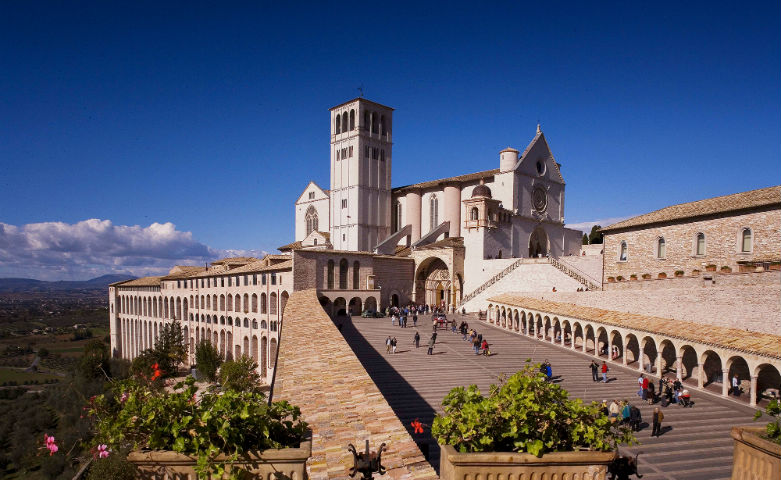
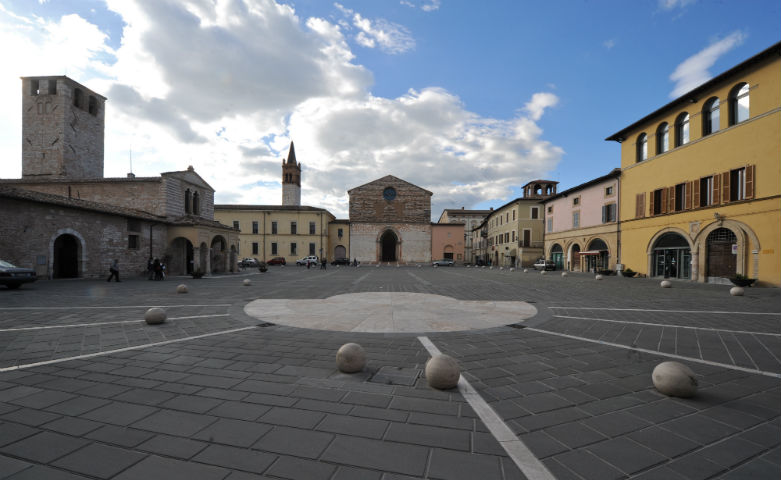
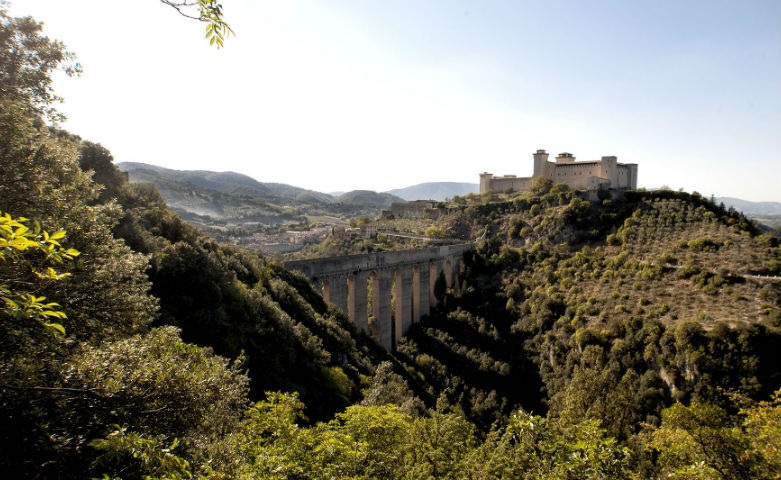
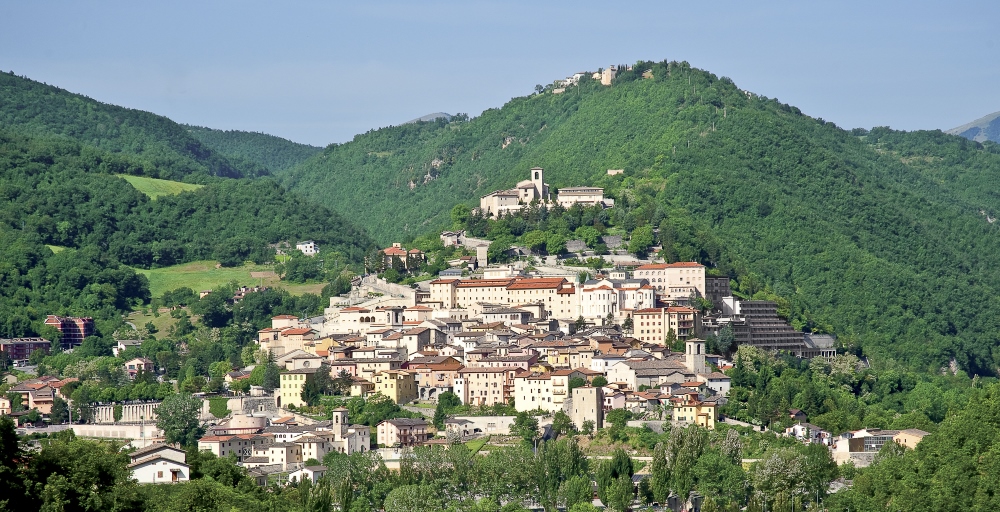
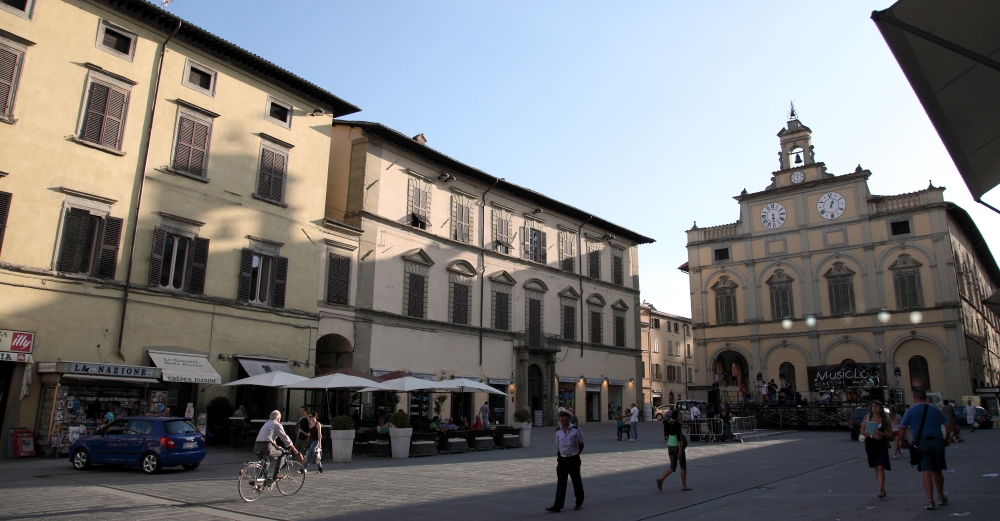
Gubbio
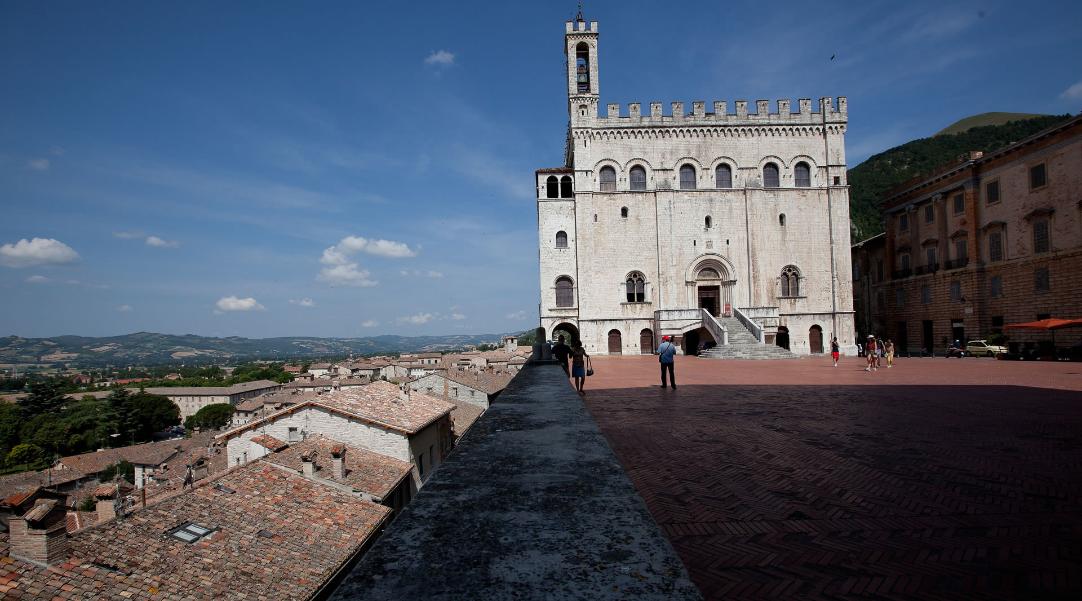






Gubbio







Gubbio







Gubbio





What do you want to ask me?